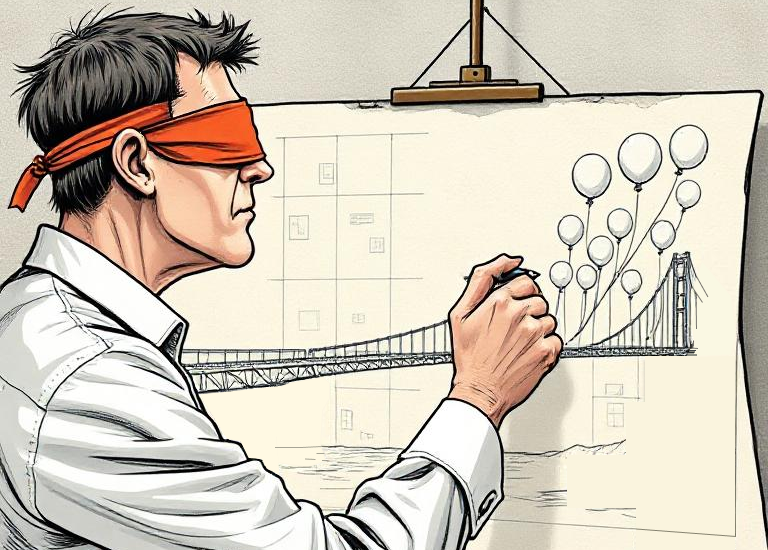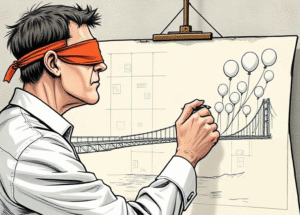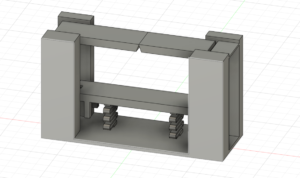I recall a time when someone had their design rejected because they failed to provide the necessary calculations to demonstrate that it would work. Their defense was, “My experience tells me this works.” The problem with that statement is that it completely misses the core responsibility of engineers and designers: to support their decisions with evidence, not just intuition.
Sure, you can look at something and, using your refined experience, make a judgment about whether it’s practical or not. Experience helps quickly iterate concepts into practical designs more efficiently by drawing on previous knowledge—the value it holds is obvious. However, does that experience replace the need to prove that something will actually function as intended? In short, no, it doesn’t.
Just because a concept worked well in one context doesn’t mean it will succeed in another. Subtle, underlying factors—often not immediately visible—can add up, ultimately creating conditions where a successful design from one apparently similar environment will not match up to functioning properly in the conditions of another.
When preparing to justify your design to others, consider this: the proof of concept of your design can often be judged at multiple levels. If someone can quickly spot a flaw just by glancing at the concept, it likely indicates a serious weakness. Sometimes, it takes a more in-depth review to uncover issues—but what’s even more problematic is when someone else identifies a deeper concern that the original designer hadn’t even considered. That kind of oversight can significantly undermine confidence in the design.
All of this highlights the critical role engineers and designers play in the development process. Every design must be proven to function correctly, suit its intended environment, and effectively perform its intended task. One of the often unseen but essential aspects of a successful design is the engineering analysis behind it—detailed calculations that ensure the design can withstand all expected forces and conditions. This process of analysis and validation is fundamental to confirming that every aspect of the design will operate reliably under it’s expected load.
This underscores why consulting with engineers is essential for any project. If engineering were simply a matter of someone saying, “This works because I say so,” then anyone could claim the title. Another trap that someone can fall into if relying solely on experience is the source of that experience. Drawing inspiration or practices from one field and applying them to another without proper adaptation has a potential to lead to flawed designs. What may seem practical or effective in one discipline might be completely inappropriate—or even dangerous—in another. Preconceived notions from unrelated fields can interfere with sound engineering judgment if not carefully examined.
Beyond these suggestions against relying solely on experience, there are real consequences that can arise when proving your concepts take a back seat to designing off of experience.
Safety – You could say that a design will remain intact and not fall apart upon use, but if the calculations say differently, then people using your design could be seriously harmed.
Feasibility – Putting something in place based on familiarity with a setting to then discover underlying differences that demand a unique design can introduce unexpected problems into the process.
Economics – Did you prove that the current design uses the least materials, appropriate materials and most budget friendly as possible for the given situation? Will there be extensive and costly reworking later on because of these oversites?
Trust of Clients and Peers – Clients leave their trust in your hands, trusting that you accounted for everything. Overpassing the proof of concept that have repercussions find there way back to revealing that you didn’t design, proving its feasibility on all grounds.
Your Reputation – You don’t want to be known as the one who doesn’t take the necessary steps to prove the applications of your design suit the situation. It’s harder for you to team up with others and, even worse, maybe clients will look elsewhere to get their services fulfilled.
Proof of concept comes in all different methods and doesn’t encompass just of proving with calculations, but with validating other interactions as well. While every design is unique, finding a balance of methodologies to prove to others that your design is a winner not only strengthens your design process but also boasts a fine reputation for yourself. When combining your rich experience with proving your concepts, you get the best results!






